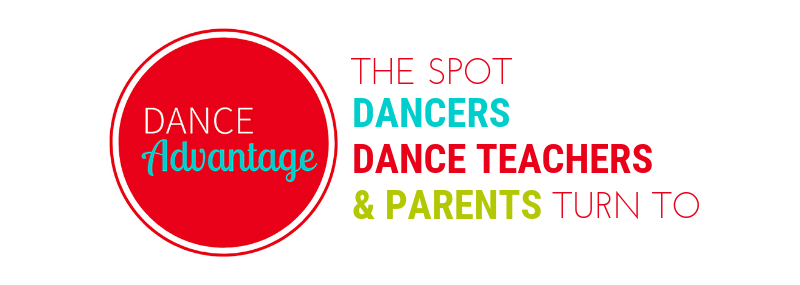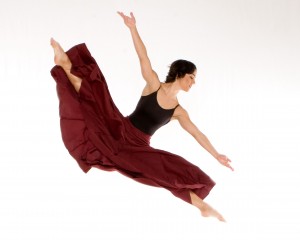I had the opportunity in college to observe Merce in action with his company of dancers during a company class several years ago. At probably about 80 years old, he had difficulty walking and would instruct the dancers from a chair, indicating movements and instruction with his hands and only a few words.
History of Dance
Your Lobby Library — 9 Dance Biographies for Students
The lobby of your studio is a great place for waiting dancers and families to learn a bit more about dance, its history, and its artists. Picture books are a great way to introduce your dancers and perhaps inspire them to learn more and dig deeper into the lives and legacies of important figures in dance.
Isadora Duncan: Mother of Modern Dance
An innovator ahead of her time, Isadora’s natural and free dance liberated the dance formula and paved the way for the development and acceptance of the modern dance art form.
Dancers Connecting to Their Faith and Enriching Their World
The following is a guest post by Randall Flinn, director of Ad Deum Dance Company in Houston, TX. The Relationship Between Faith and Dance Dance is born from the heart and soul of people and cultures. Long before the polished refinement of classical or contemporary dance movement, dance lived and thrived in personal expression and […]
Everything Old Is New Again
Dance doesn’t happen in a void. New work is influenced by its surroundings, as well as the dances and work that has come before. You can trace a line throughout history of dancers and choreographers who have influenced future generations. The connections are like thread woven through intricate fabric. Dance for the masses – what […]
Everything You Ever Wanted to Know About Turnout – Part I
Although we sometime use the word turnout as a noun or a position (i.e. “Your turnout could be better.”), it is more appropriately thought of as an action, a verb. Because outward rotation is not the body’s natural state, the work does not stop once the position or desired degree of rotation has been attained. Instead, outward rotation of the hips requires continual action within the body, even when the rotation is held in a position (like ballet 5th).



